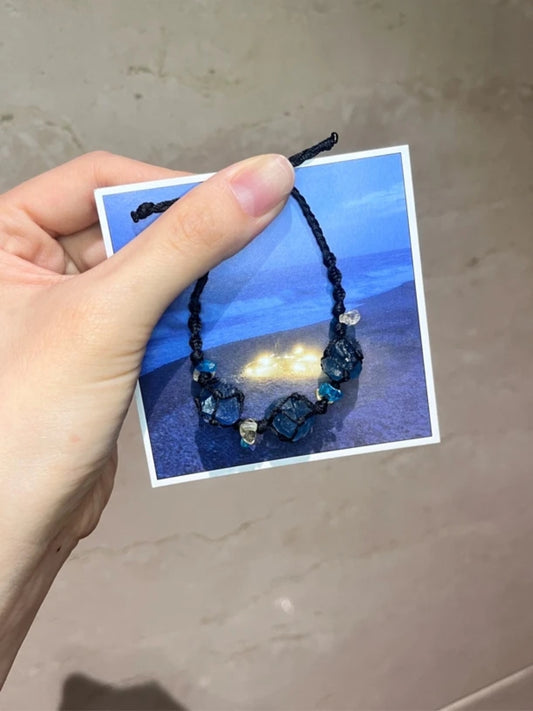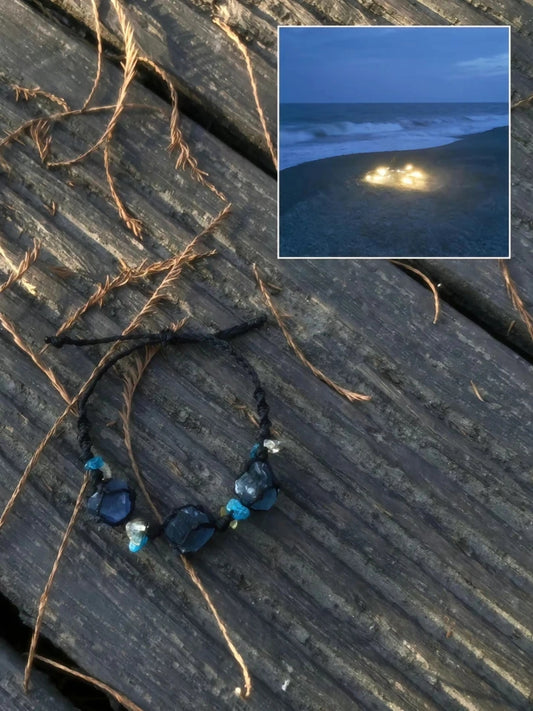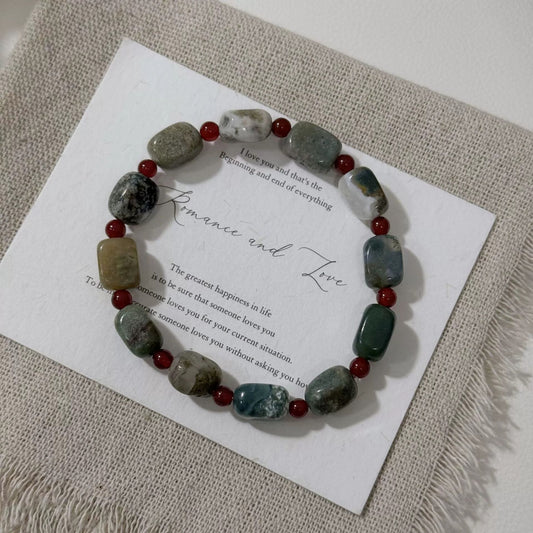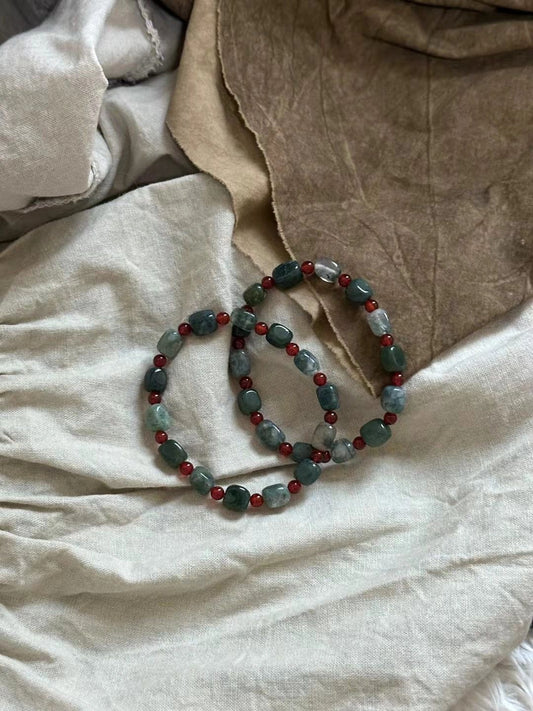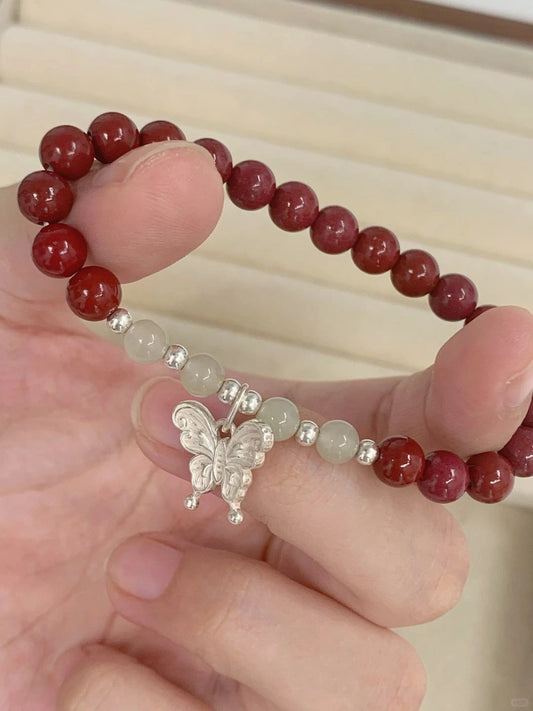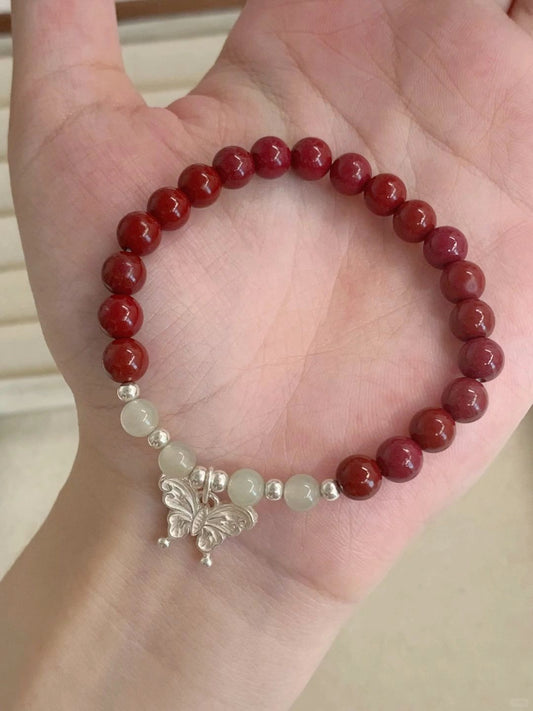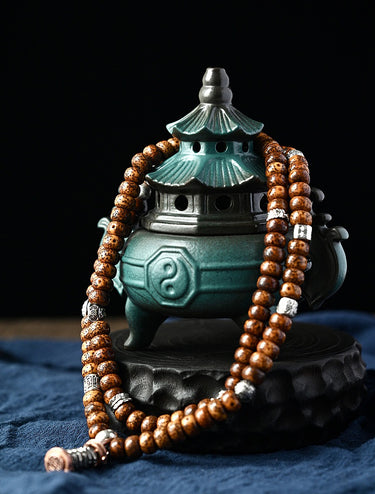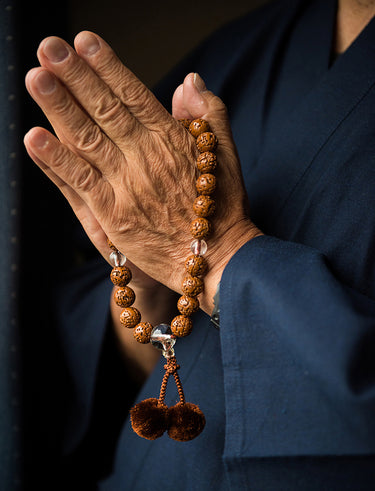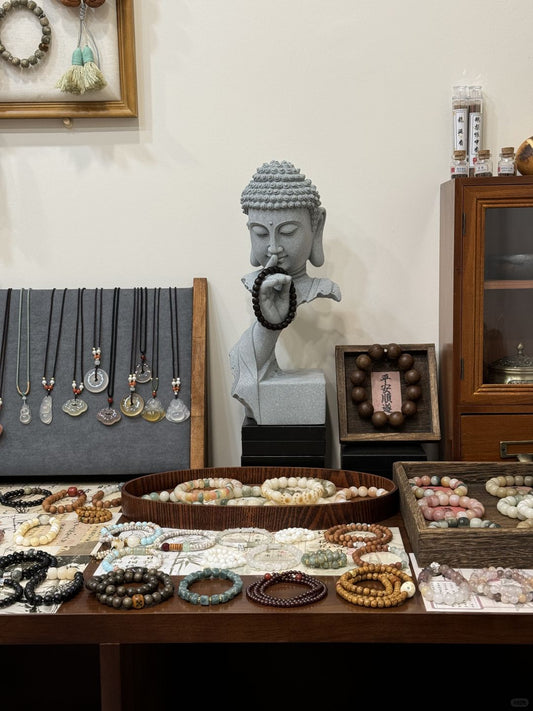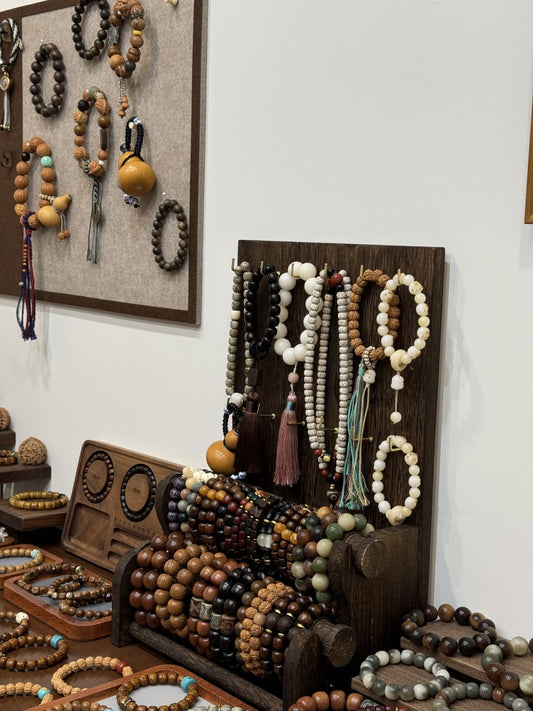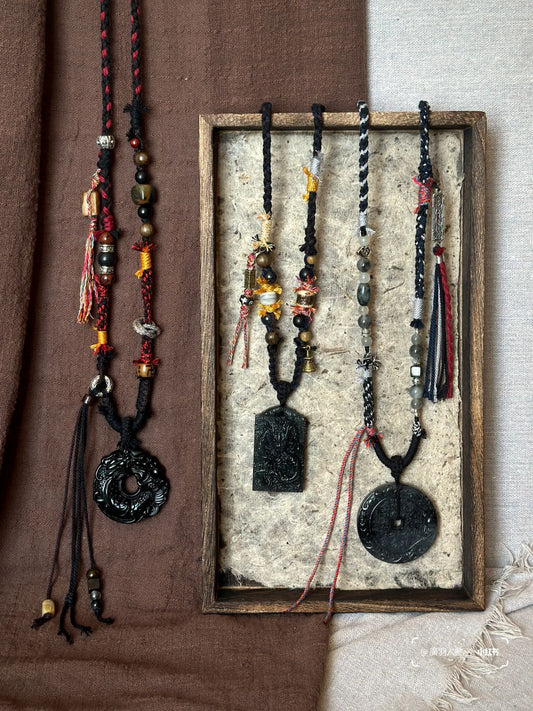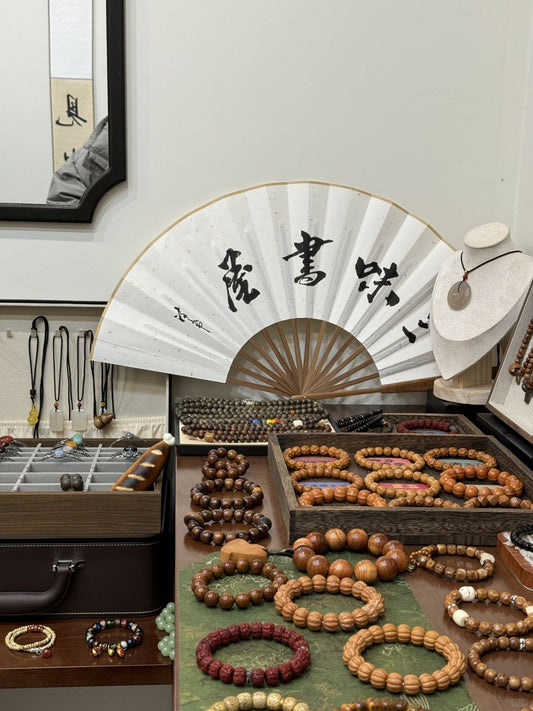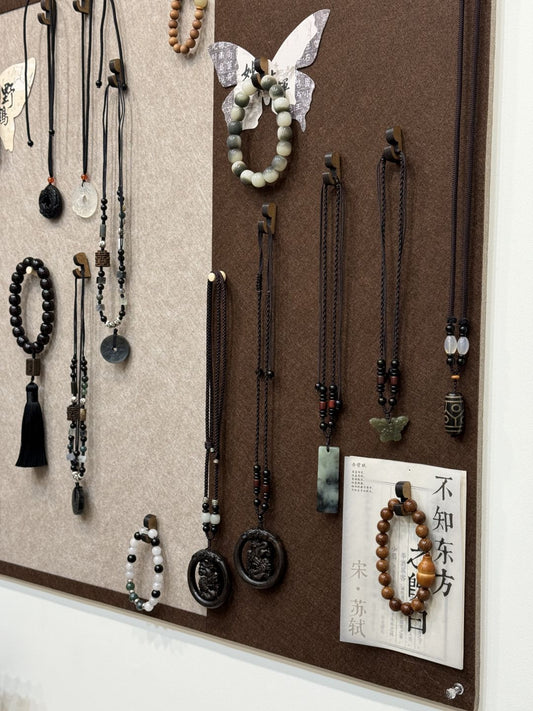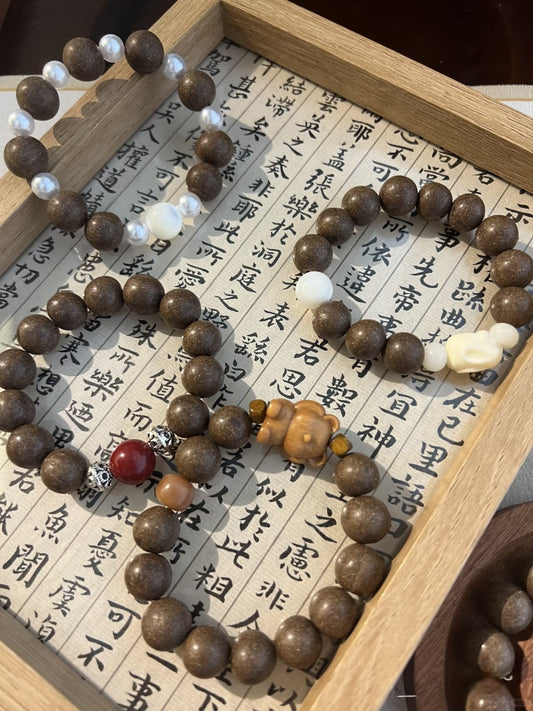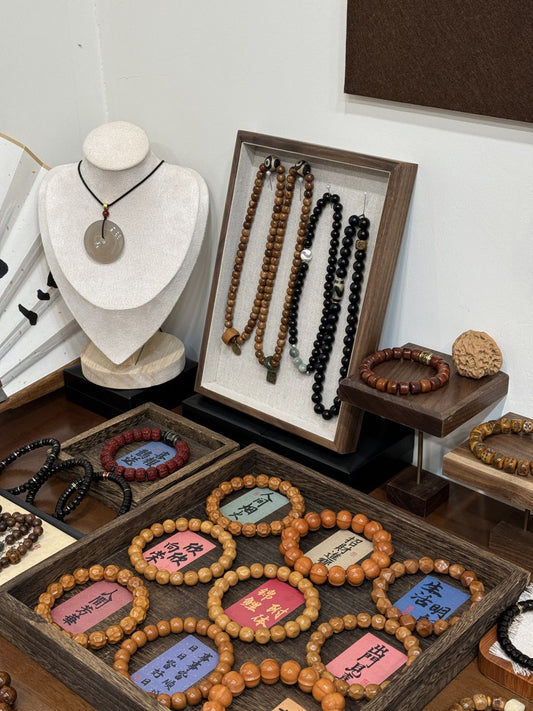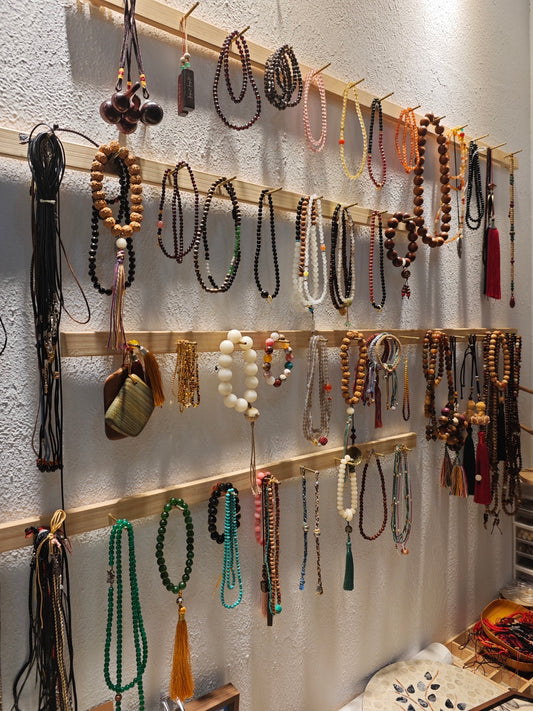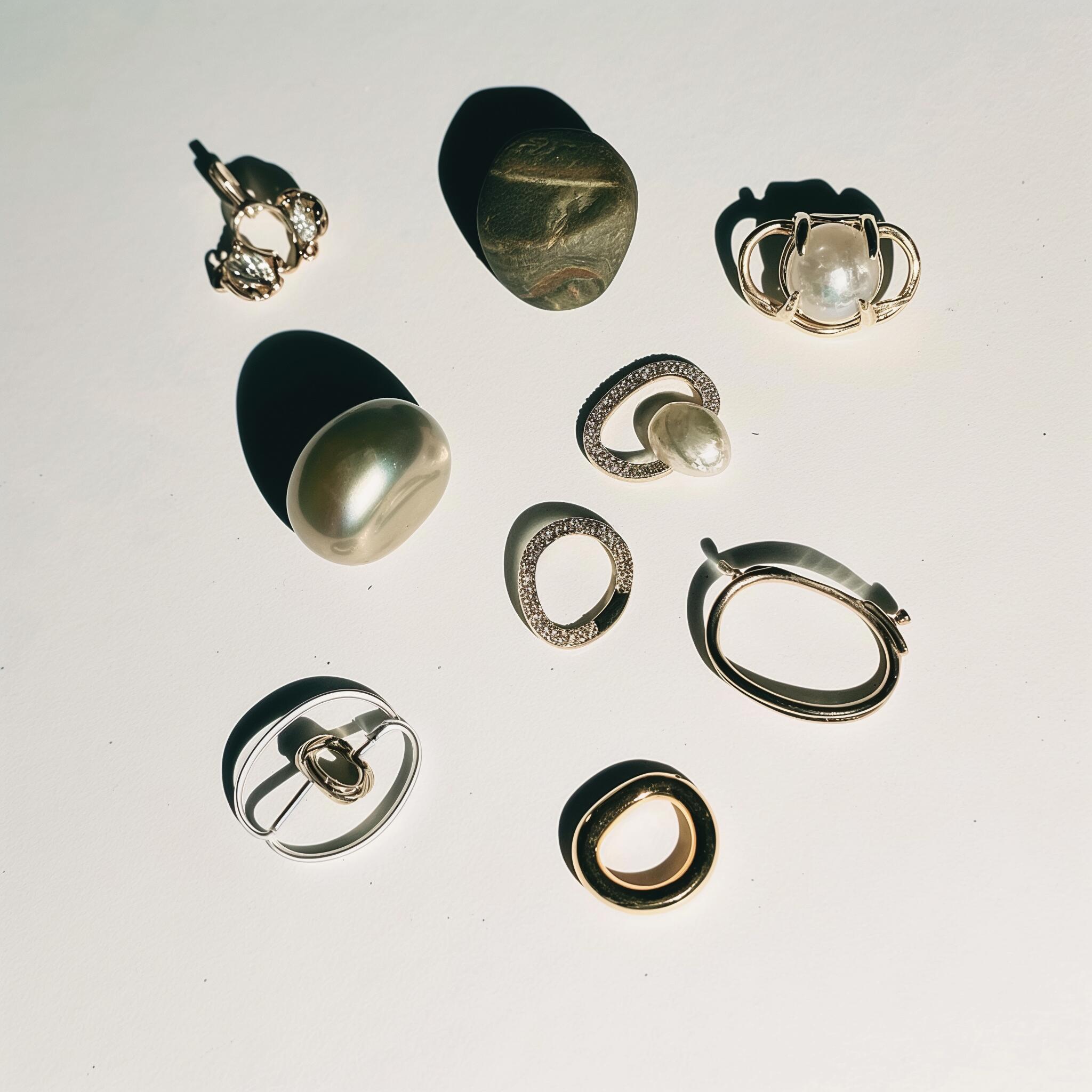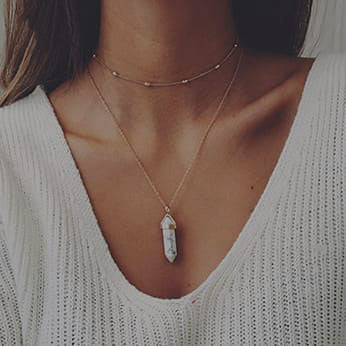Tattoos and Thangka: Ethical Questions When Sacred Motifs Become Body Art
In recent years, tattoos inspired by Tibetan art — from swirling mantras to detailed mandalas and divine figures — have become increasingly popular across the world. For many, these designs symbolize peace, wisdom, and spiritual strength. Yet, for those who understand the sacred roots of these symbols, the growing trend raises an important question: where is the line between admiration and appropriation?
This conversation isn’t about forbidding expression — it’s about awareness, respect, and understanding the spiritual weight these images carry.

The Sacred Nature of Tibetan Motifs
In Tibetan Buddhism, every line and color in a Thangka painting or mantra carries deep meaning. These aren’t just aesthetic patterns — they are tools for meditation, visualization, and connection to higher states of awareness. A Tibetan motif tattoo, especially one depicting deities such as Chenrezig (Avalokiteshvara) or wrathful protectors like Mahakala, represents more than an art form. It is an invocation, a form of living prayer.
When sacred art is transferred to the body without understanding, it can unintentionally strip the image of its intended context or even cause cultural discomfort among practitioners.

When It’s Appropriate — and When It’s Not
If you feel drawn to a Thangka tattoo or mantra design, the first step is learning what the symbol truly represents. Certain motifs, like the Endless Knot or the Lotus, are more universal and suitable for tattoos, as they express timeless Buddhist principles without referencing specific deities.
However, images of Buddhas, Bodhisattvas, or wrathful deities are traditionally kept above the waist — closer to the heart and mind — and are not placed below the waistline or on areas associated with impurity, such as feet. Respectful placement is essential in honoring their spiritual meaning.
It’s also wise to consult a Tibetan teacher or practitioner before getting such a tattoo, especially if you are not from that cultural background. A short conversation can transform your decision from a fashion statement into a mindful tribute.

Guidelines for Tattoo Artists and Clients
If you’re an artist or someone considering a Tibetan-inspired tattoo, here are a few respectful practices to follow:
-
Understand before you ink. Take time to learn what the image means — not just visually, but spiritually.
-
Avoid deities you don’t personally practice with. A protector deity tattooed for “aesthetic power” may be considered disrespectful.
-
Place with care. Keep sacred symbols in higher, clean areas of the body.
-
Credit the culture. Share with others where the image comes from and its significance.
-
Choose ethical references. Use authentic Thangka art or script drawn by traditional artisans rather than stylized or commercial reinterpretations.

Mindful Alternatives
If you’re captivated by Tibetan imagery but unsure whether a tattoo feels right, there are meaningful alternatives. Many choose wearable Thangka art, such as pendants or bracelets, handcrafted by Tibetan artisans. These pieces can carry the same energy and symbolism — without permanently altering the body.
QiLing Aura’s hand-painted Thangka pendants, for example, allow wearers to keep sacred art close to the heart while preserving its cultural integrity. Others may choose to study Tibetan Buddhism more deeply before making a permanent commitment, transforming curiosity into genuine respect.

A Living Dialogue Between Art and Reverence
The relationship between tattoos and Tibetan art doesn’t have to be oppositional. It can be a dialogue — one that bridges appreciation with awareness. By treating Tibetan motif tattoos not as decoration but as expressions of devotion and learning, we ensure that the beauty of sacred art continues to inspire without losing its soul.









































































































